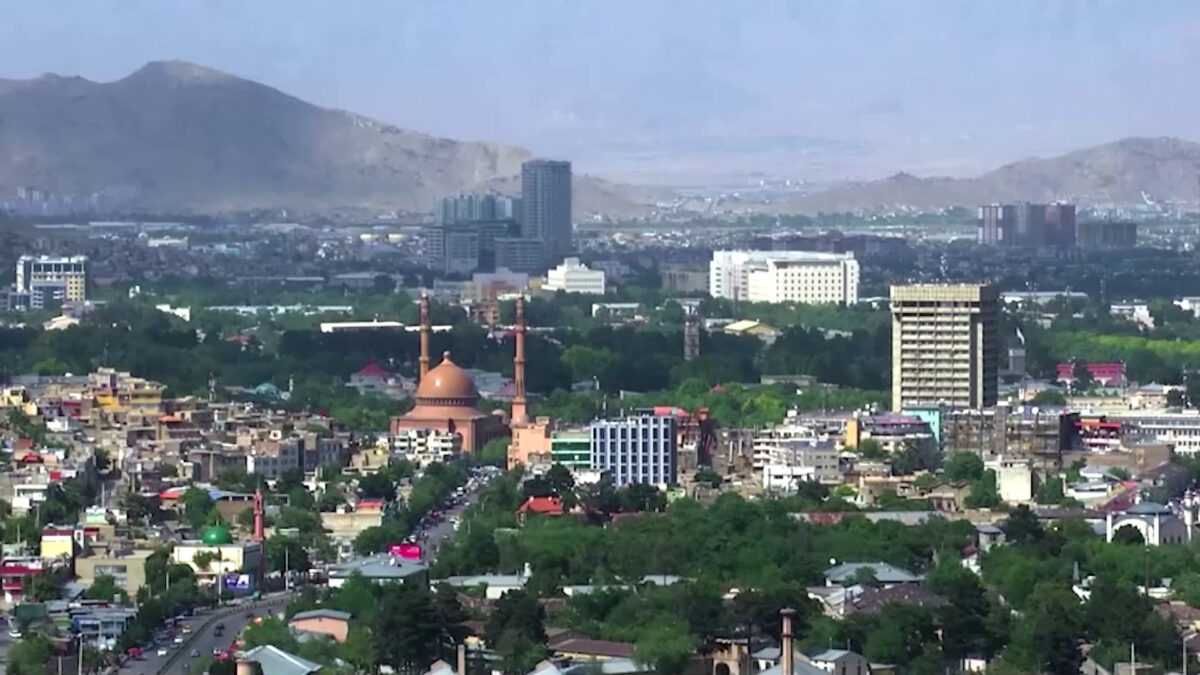A report from Canada’s Subcommittee on International Human Rights of the Standing Committee on Foreign Affairs and International Development has formally acknowledged “the ongoing persecution” of Afghanistan’s Hazara community.
In a significant gesture, the report designates September 25 as a day of remembrance for the Hazara massacre of 1891-1893, during which the community faced mass atrocities under the rule of Abdur Rahman Khan. According to the report, an estimated 62 percent of the Hazara population was killed or displaced, with survivors stripped of their lands and subjected to forced labor.
“The subcommittee recognizes that the Hazara endured mass atrocities from 1891 to 1893 and acknowledges the present-day persecution faced by the Hazara community,” the report states.
Compiled under the leadership of Subcommittee Chair Ali Ehsassi, the document, titled Enduring and Overcoming: The Struggle of the Hazaras in Afghanistan, draws on testimony from multiple witnesses who presented evidence of the Hazaras’ long history of oppression and the continued threats they face.
With the Taliban’s return to power in 2021, the report emphasizes, “the Hazara people, predominantly Shiite Muslims in a Sunni-majority country, have been particularly impacted.” The subcommittee highlights ongoing violence directed at the community, citing attacks from the Taliban and ISIS-K on Hazara schools, places of worship, hospitals, and even sports clubs. The report underscores that this hostility is not new but rather a continuation of prejudices that have been in place for over a century.
The report also details the Hazaras’ distinct cultural and ethnic background, tracing their origins to Turkic-Mongolian ancestry with significant Central Asian influences. Witnesses noted that the Hazaras’ unique dialects of Dari or Persian, as well as their distinct physical appearance, set them apart from other Afghan ethnic groups such as the Pashtuns and Tajiks. Furthermore, while the majority of Hazaras are Shia Muslims, there are also Sunni, Ismaili, and emerging Christian Hazara communities.
Melissa Kerr Chiovenda, an anthropologist specializing in the Hazara community, described them as a group for whom “religion, race, and ethnicity are inextricably entwined.” Chiovenda pointed out that the Hazaras’ distinct physical traits, combined with their religious identity as Shia Muslims, have often made them targets of persecution by extremist groups that view their beliefs as unorthodox.
The subcommittee’s report also addresses the classification of Hazara persecution as genocide.
Niamatullah Ibrahimi, an expert on the subject, discussed the legal framework of the Convention on the Prevention and Punishment of the Crime of Genocide (Genocide Convention). He explained that Article II of the Convention defines genocide as acts intended to destroy, in whole or in part, a national, ethnical, racial, or religious group.
Drawing parallels to the Armenian genocide, Ibrahimi emphasized that the Hazaras’ plight from 1891 to 1893 met these criteria, given the targeting of their ethnic and religious identity.
“Witnesses noted that the intent to destroy the Hazaras was explicitly evident in the declaration of a fatwa of jihad,” the report says.
It describes how the campaign against the Hazara community was marked by dehumanizing language, targeting based on race and religion, and the involvement of Afghan society at large, beyond just military forces.
Chiovenda argued that this demonstrated a profound intent to destroy the Hazaras that has rarely been paralleled in other conflicts within Afghanistan.
The report further examines the elements of the Genocide Convention and how they apply to the Hazaras. Witnesses highlighted that, beyond the mass killings, other acts by the Amir’s regime fit the genocide criteria. Chiovenda emphasized the use of measures that created conditions of life calculated to bring about the physical destruction of the Hazaras.
This included forced displacement, confiscation of lands, enslavement, and oppressive taxation—acts that, while not immediately lethal, contributed to both the physical and cultural erosion of the Hazara community.
The report’s findings underscore the ongoing vulnerability of the Hazaras and call for international recognition of their plight. By acknowledging the Hazaras’ historical suffering and the systemic nature of their persecution, the subcommittee aims to bolster global support for this marginalized community.
The document ends with a call for action, urging the international community to provide protection and prevent further atrocities against the Hazaras in Afghanistan.





